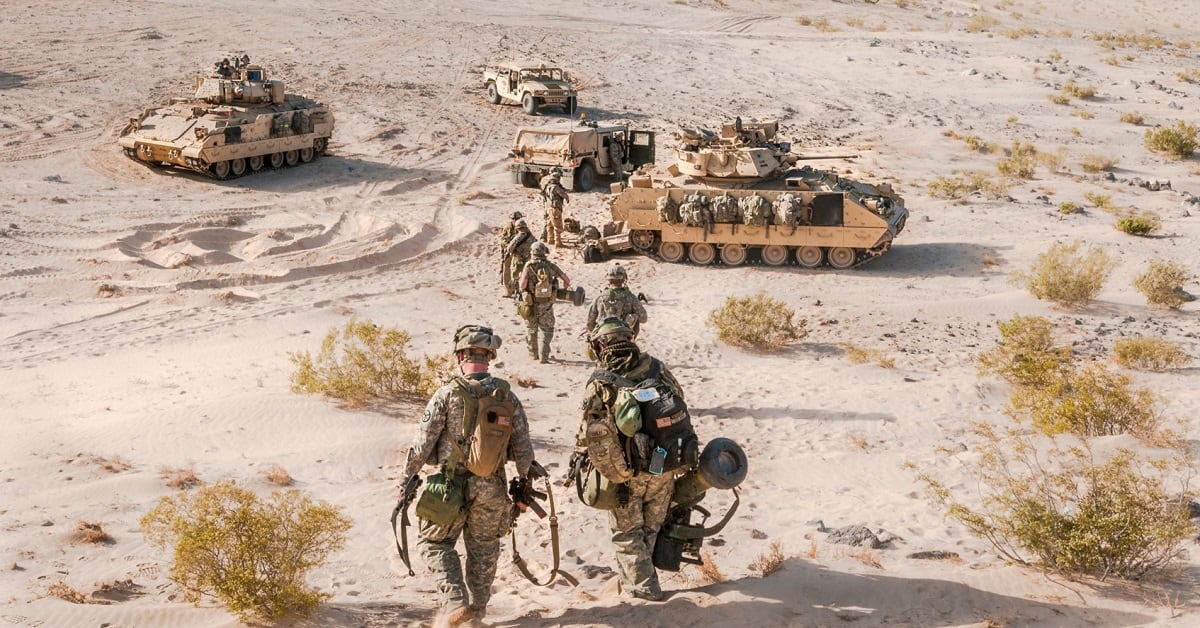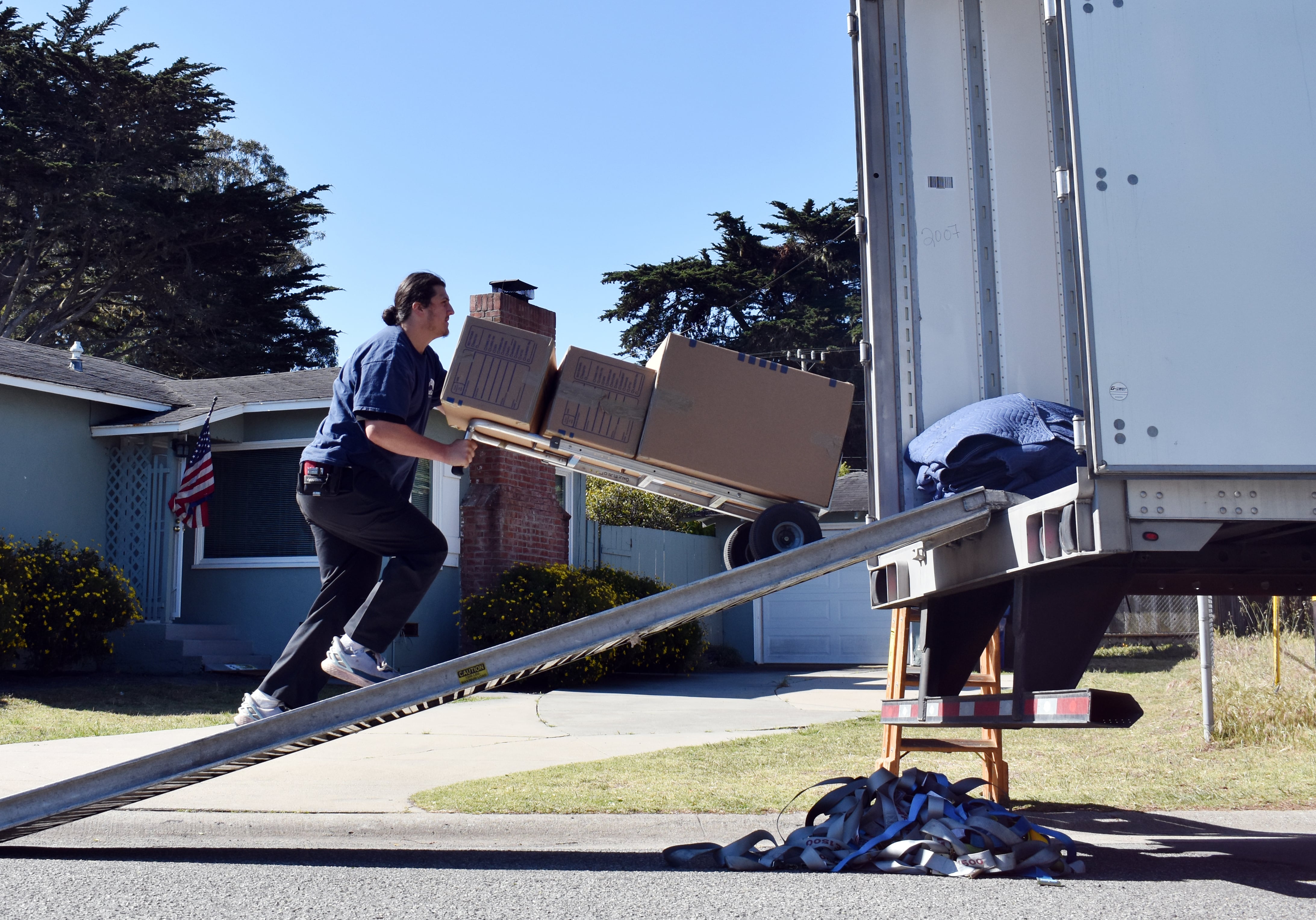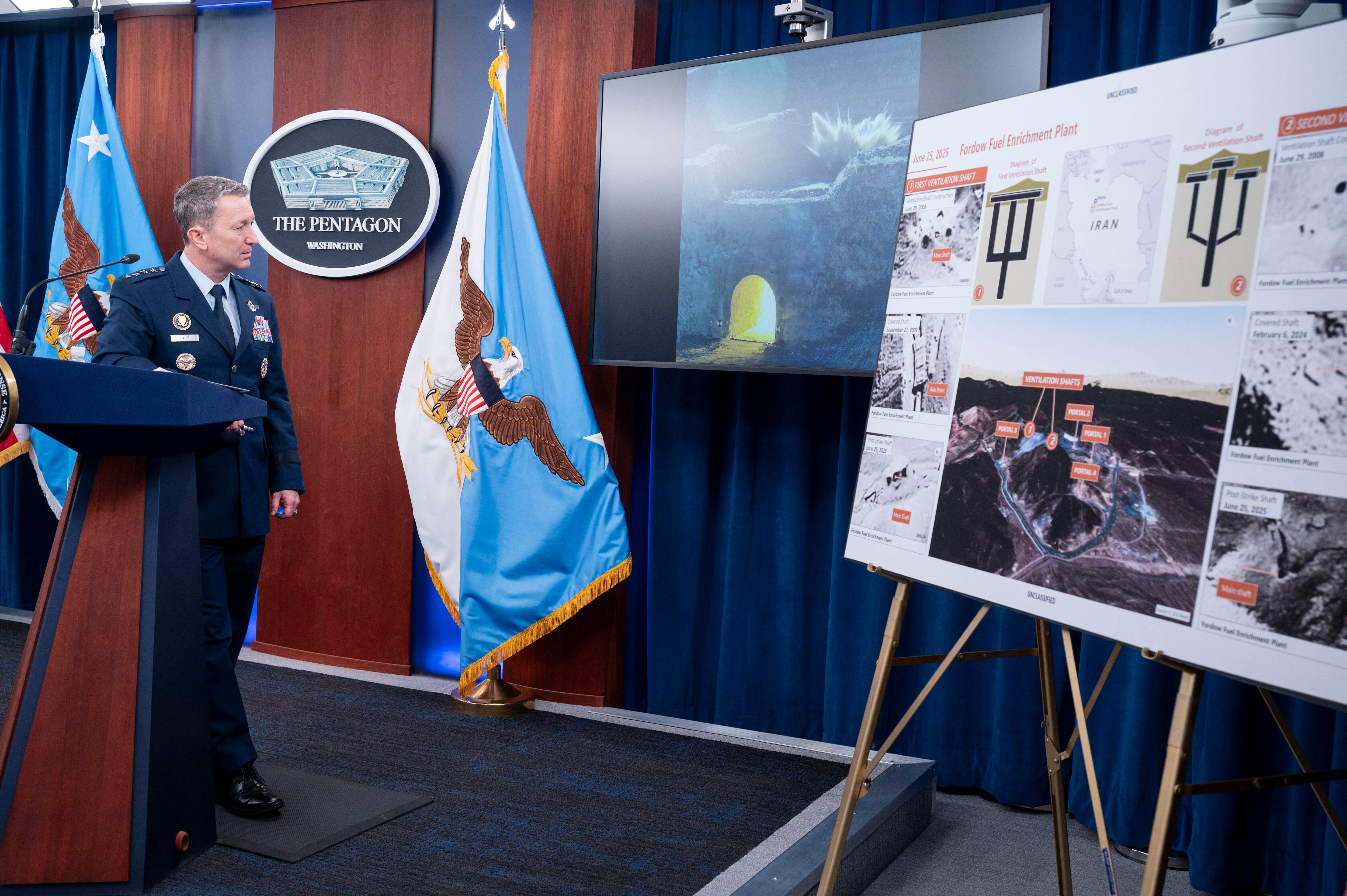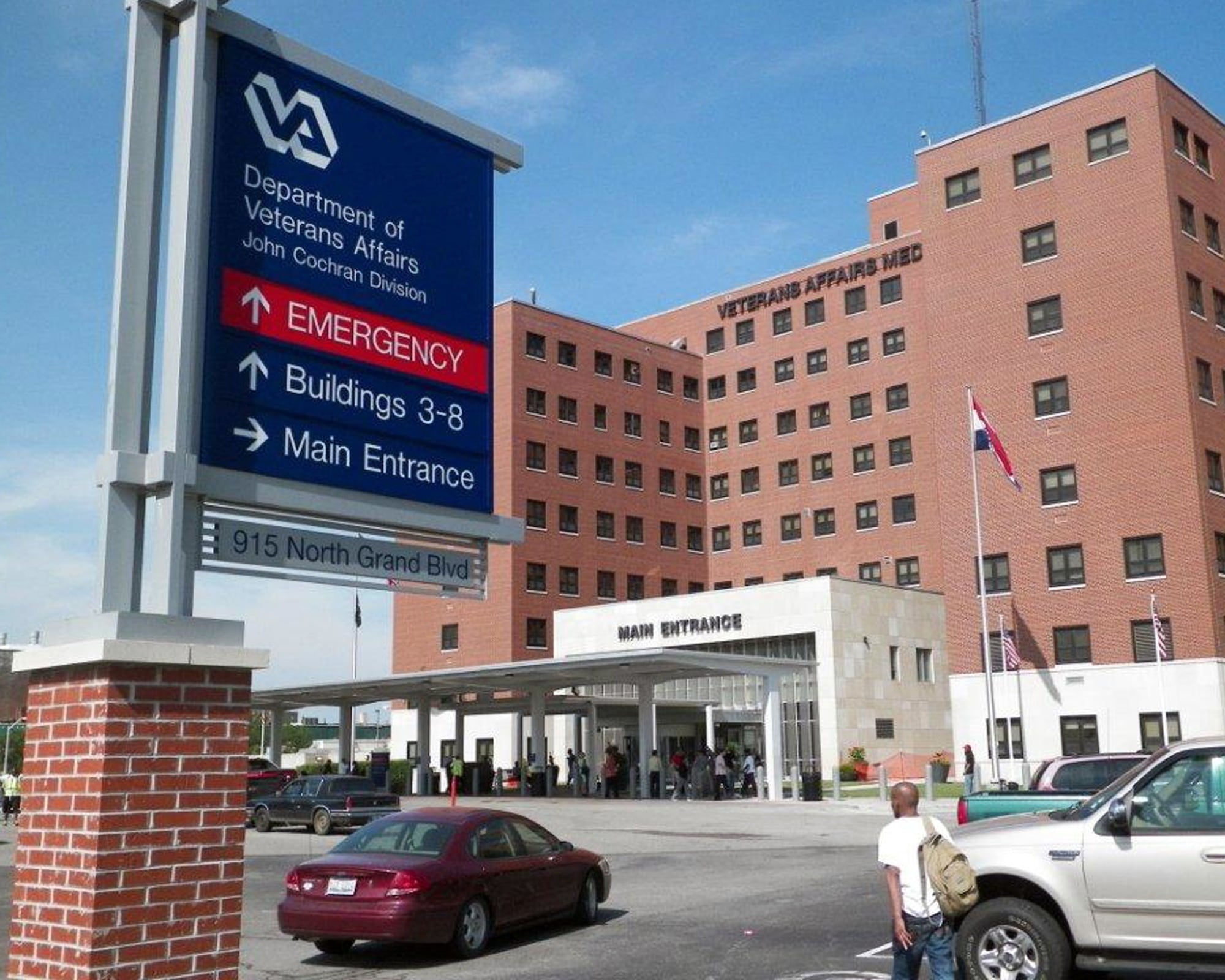Army National Guard leaders are looking at how they can ease the deployment-to-dwell ratios of their armor and Stryker brigade combat teams and get their vehicles the right parts and level of maintenance necessary to keep the current readiness model on track.
The Guard component has undertaken an increased ops tempo over the past few years as part of Army National Guard 4.0, an initiative designed to allow its forces to respond quicker to worldwide missions, like that of Operation Spartan Shield.
The increased training tempo has mostly been focused on armored and Stryker brigades, as well as attack-reconnaissance aviation battalions. Guardsmen are now on multi-year training cycles that culminate at either the National Training Center at Fort Irwin, California, or the Joint Readiness Training Center at Fort Polk, Louisiana, in the fourth year.
That’s compared to rotations out to NTC or JRTC every 10, 15 or even 20 years under the older readiness model, according to an Army release. The increased ops tempo augments the Army’s total force readiness to deploy across the world, but it also burdens a Guard component whose soldiers have other full-time obligations.
“It is a significant demand to go to an XCTC [eXportable Combat Training Capability], an NTC and then hopefully a deployment after that, and so I’ve been working with the Army," Lt. Gen. Daniel R. Hokanson, director of the Army National Guard, said at the National Guard Association conference in Denver, Colorado, on Wednesday.
“Some of our units have been on a 1:4 sustainment-readiness model,” Hokanson said. “The goal is to get to a 1:5, because those company commanders and company-level NCOs, there’s a huge demand on their time. And it’s not just their family or their employer, but when you’re doing 68 to 100 days at an XCTC and then also at an NTC, that puts a significant level of stress on your life.”
RELATED

Hokanson said his staff is working closely with state adjutants general and brigade combat team commanders to find the correct point where soldiers don’t have to make a decision between Guard duties, civilian careers and families.
“We have to do whatever we can to reduce that stress level and the level of impact so they can still go there and learn all the lessons at NTC, but not at a cost to their family or their employer,” he added.
The Guard has five armored brigade combat teams, comprising roughly one-third of the total Army’s tank force, according to the National Guard Association Magazine, which highlighted the stress placed on one such unit this May. The Guard used to have seven armored brigade combat teams, and with the service’s recent shift back to competing against peer adversaries, the remaining units are highly sought after.
The Guard is also concerned about its sustainability and interoperability with the active duty force. The increased ops tempo has meant that vehicles and aircraft are being used more, taxing many of the legacy systems the Guard is still utilizing.
One of Hokanson’s priorities is to make sure that the Guard is getting resourced to actually match its readiness requirements, including the ability to work with an active force that has equipment and parts that are more modern.
“This covers many facets but most particularly it’s our full-time support,” Hokanson said. “It’s not just [Active Guard Reserves] and armories. One of the other things we have to look at closely is our maintainers, not only for our ground combat vehicles, but also for our aircraft.”
“Some of our stuff is still legacy equipment that requires a lot more maintenance,” he added.
Kyle Rempfer was an editor and reporter who has covered combat operations, criminal cases, foreign military assistance and training accidents. Before entering journalism, Kyle served in U.S. Air Force Special Tactics and deployed in 2014 to Paktika Province, Afghanistan, and Baghdad, Iraq.





